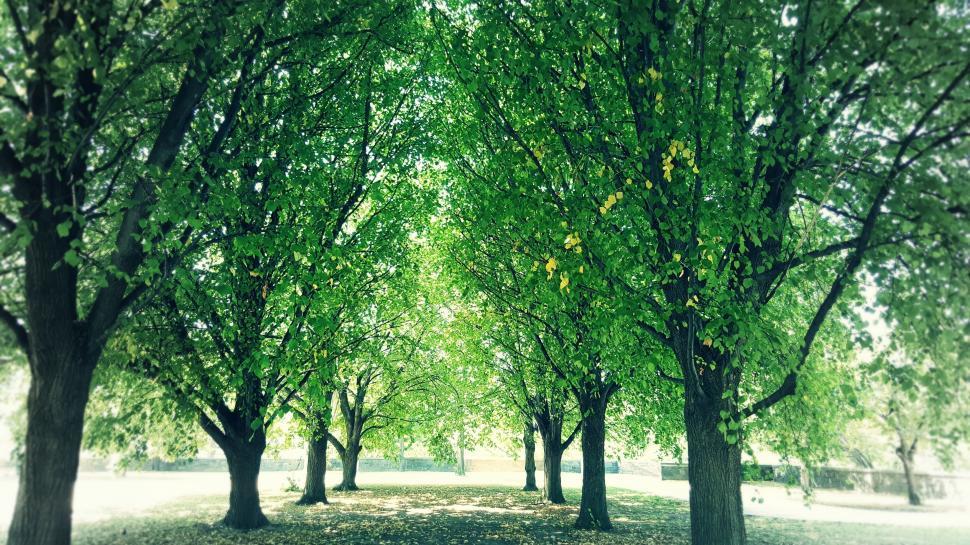Trees have long been a source of inspiration for artists and designers alike, symbolizing growth, resilience, and connection to nature. From classic paintings to modern architecture, trees have played a prominent role in various forms of artistic expression. In this article, we will explore the diverse ways in which trees have been depicted and utilized in art and design throughout history, and how they continue to shape our aesthetic and functional landscapes today.
In the world of art and design, trees have long served as a powerful symbol with deep-rooted meanings. From ancient mythology to modern interpretations, trees have been used to represent life, renewal, growth, and interconnectedness. Artists and designers alike have drawn inspiration from the beauty and resilience of trees, incorporating them into their work to convey a wide range of emotions and themes.
The impact of trees on the aesthetic and functional aspects of design cannot be overstated. In addition to their symbolic significance, trees add a sense of natural beauty and harmony to artistic compositions. Whether used as a focal point or as a subtle background element, trees can evoke feelings of tranquility, nostalgia, and wonder. In sustainable and eco-friendly design practices, trees play a crucial role in promoting environmental awareness and incorporating sustainable materials and practices.
Q&A
Q: How have trees been represented in art throughout history?
A: Trees have long been a popular subject in art, with artists depicting them in a variety of styles and mediums. From realistic landscapes to abstract interpretations, trees have been a central motif in many famous works of art.
Q: How have trees influenced design?
A: Trees have inspired countless designs in architecture, interior design, and product design. Their natural beauty and organic shapes have been incorporated into buildings, furniture, and decorative objects, creating a sense of harmony and connection to nature.
Q: What are some famous examples of trees in art and design?
A: One iconic example is Vincent van Gogh’s “The Mulberry Tree,” which captures the beauty of a tree in vibrant colors and swirling brush strokes. In design, the Tree of Life motif has been used in various cultures and time periods to symbolize growth, strength, and connection to the earth.
Q: How can incorporating trees into art and design benefit our well-being?
A: Studies have shown that exposure to nature, including images of trees, can have a positive impact on our mental health and well-being. By incorporating trees into our surroundings through art and design, we can create spaces that feel calming, rejuvenating, and connected to the natural world.
Conclusion
In conclusion, trees have played a significant role in art and design throughout history, serving as symbols of growth, strength, and interconnectedness with nature. From traditional paintings to modern architecture, the beauty and symbolism of trees continue to inspire creativity and innovation in various creative fields. Whether used as a subject matter or as a design element, the presence of trees in art and design adds a sense of harmony and connection to the natural world. As we continue to appreciate and incorporate trees into our creative endeavors, we are reminded of the importance of preserving and nurturing these vital elements of our environment.
Simpsons Tree Services, Servicing Melbourne’s North Eastern Suburbs
Book a quote online at www.simpsonstrees.com.au




